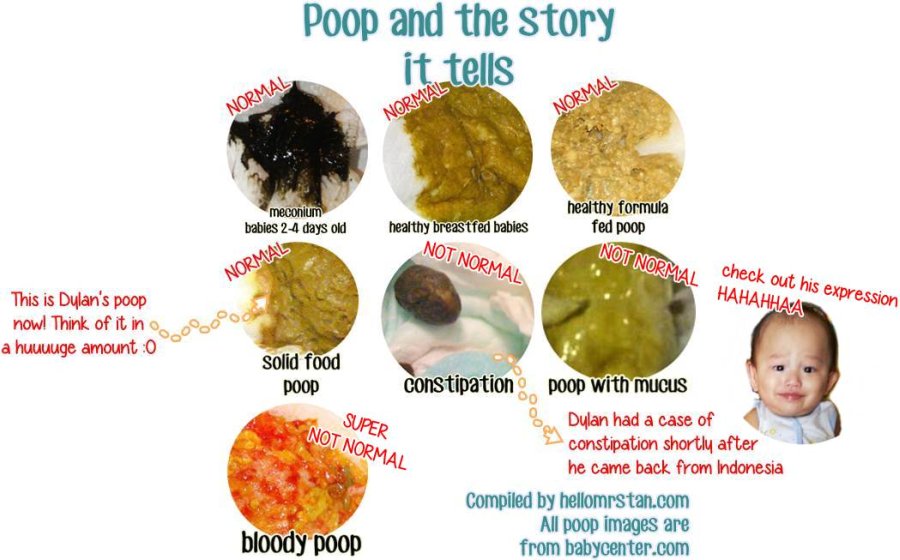Decoding Your 3-Month-Old's World

Stepping into the realm of a three-month-old is akin to discovering a hidden, blossoming garden. Each coo, each grasp, each wide-eyed gaze unveils a new layer of their burgeoning personality. But with this exciting journey comes a symphony of questions. What should my 3-month-old be doing? This seemingly simple question unlocks a universe of developmental wonders, anxieties, and the sheer joy of witnessing your little one flourish.
Navigating the landscape of a 3-month-old's development can feel like charting unknown territory. From the subtle nuances of their communication to the blossoming of their motor skills, understanding these early milestones provides a roadmap for their growth. It’s a time of rapid transformation, a period where the foundations for future learning and interaction are being laid. Embracing this phase with awareness and intention can profoundly impact their journey.
The expectations surrounding a 3-month-old's development often blend established norms with the unique trajectory of each individual child. Historically, observing these early milestones provided crucial insights into a child's overall well-being. Today, understanding these developmental markers allows parents to engage in activities that nurture their child's growth and address any potential concerns proactively.
A primary concern for many parents is ensuring their baby's development aligns with expected milestones. While guidelines provide a helpful framework, remember that each child unfolds at their own pace. Focusing on creating a nurturing and stimulating environment is key, allowing your little one to explore their capabilities within a supportive embrace.
At three months, your baby is likely beginning to engage with the world in new and exciting ways. They may start showing more deliberate control over their movements, bringing their hands together, grasping objects, and even bringing them to their mouth. Their communication skills are also evolving, transitioning from simple cries to coos, gurgles, and even early attempts at babbling. Understanding these developments provides insight into their burgeoning cognitive and social-emotional growth.
Activities for a 3-month-old should focus on stimulating their senses and encouraging interaction. Tummy time strengthens their neck and back muscles, while colorful toys and mobiles capture their visual attention. Talking, singing, and reading to your baby fosters language development and creates a strong bond.
Benefits of engaging with your 3-month-old include enhanced cognitive development, improved motor skills, and strengthened parent-child bonding. For example, tummy time helps build the muscles necessary for crawling and sitting, while interactive play promotes language acquisition and social interaction.
Creating a daily routine that incorporates tummy time, sensory play, and interaction can be incredibly beneficial. Start with short periods of tummy time and gradually increase the duration as your baby gets stronger. Offer a variety of toys with different textures and sounds to stimulate their senses. Talk, sing, and read to your baby throughout the day, even during routine tasks like feeding and changing diapers.
Advantages and Disadvantages of Scheduled Activities
| Advantages | Disadvantages |
|---|---|
| Provides structure and predictability | Can be inflexible and may not align with baby's cues |
Best Practices: 1. Follow your baby's lead. 2. Create a stimulating environment. 3. Offer age-appropriate toys. 4. Talk, sing, and read to your baby. 5. Provide plenty of opportunities for interaction.
Frequently Asked Questions: 1. What should my 3-month-old be eating? 2. How much should my 3-month-old be sleeping? 3. When should I introduce solids? 4. How can I soothe a fussy baby? 5. Is my baby developing normally? 6. What are some signs of developmental delays? 7. When should I contact my pediatrician? 8. How can I create a stimulating environment for my baby?
In conclusion, understanding what your 3-month-old should be doing is a journey of discovery and connection. By embracing this phase with awareness and intention, you can nurture their growth and create a strong foundation for their future development. Remember to celebrate each milestone, big or small, and cherish these precious moments as your little one blossoms.
Unlocking the charm of benjamin moore aberdeen green
Toyota rav4 prime is this hybrid hype or holy grail
Expressive language arts covers for young girls












:strip_icc()/Puppy-food-feeding-schedule-2804779-V4-d4ac3bd2b6764f9ebad94f3707561d70.png)
